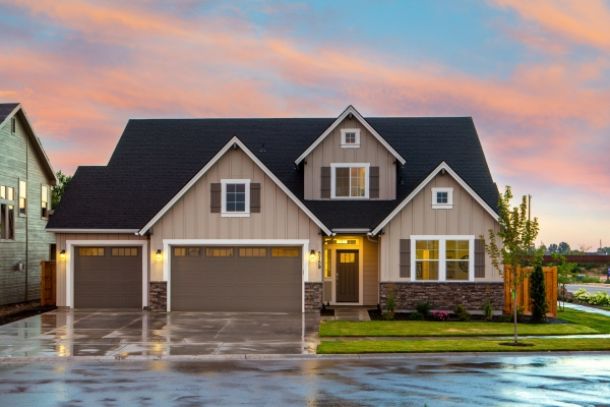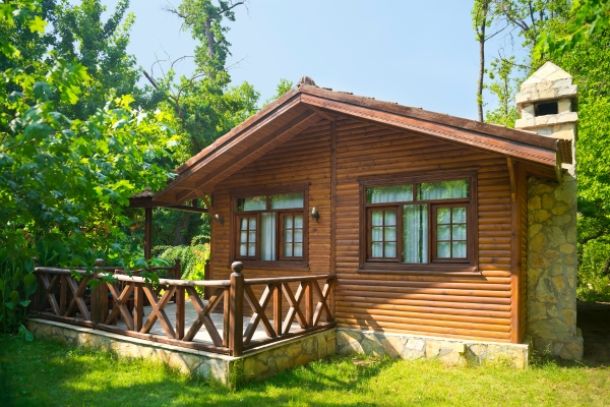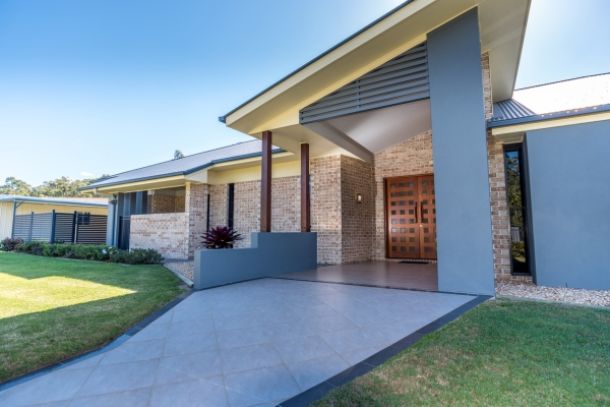Innovative DIY Ideas for Wooden House Construction
Innovative DIY Ideas for Wooden House Construction
Innovative DIY ideas for wooden house construction can transform a standard self-build project into a creative and personalized endeavor. This article explores fresh approaches and inventive techniques that empower DIY enthusiasts to reimagine the process of building with wood. By blending traditional craftsmanship with modern technology, you can overcome common challenges, enhance energy efficiency, and create a home that reflects your unique vision.
Introduction
Wooden house construction has a long history, but modern DIY builders are constantly pushing the boundaries of traditional methods. Innovative ideas—ranging from modular designs and digital planning to sustainable material choices and creative architectural features—are reshaping the DIY landscape. Whether you are a seasoned builder or a newcomer, exploring these innovative approaches can inspire new solutions and help you construct a house that is both functional and aesthetically striking.
Embracing Digital Tools and Modern Planning
Digital Design and 3D Modeling:
The use of computer-aided design (CAD) software and 3D modeling tools has revolutionized the planning stage. These digital tools allow you to visualize every aspect of your project before breaking ground. Experiment with different layouts, materials, and structural elements in a virtual environment to optimize your design. This technology minimizes mistakes and streamlines the construction process, ensuring that your innovative ideas are both practical and precise.
Virtual Collaboration:
Online DIY communities and digital collaboration platforms enable you to share designs, get feedback, and learn from the experiences of other builders. Platforms like forums, social media groups, and dedicated DIY websites provide a wealth of information and creative ideas that can spark your imagination. Embracing these digital resources can help you stay updated on the latest trends and innovative techniques in wooden house construction.
Modular and Prefabricated Elements
Modular Construction:
One innovative idea is to incorporate modular or prefabricated elements into your design. Modular construction involves building sections of your home in a controlled environment and then assembling them on-site. This approach can significantly reduce construction time, minimize waste, and ensure consistent quality. Prefabricated wall panels, roof trusses, and even entire room modules allow for greater flexibility in design while maintaining structural integrity.
Customizable Modules:
Consider designing modules that can be easily reconfigured or expanded in the future. This flexibility is particularly useful if your needs change over time. For example, you might design a module for the living area that can later be connected to an additional module for a home office or extra bedroom. The adaptability of modular construction aligns with the DIY spirit—creating a home that evolves alongside your lifestyle.
Sustainable Materials and Eco-Friendly Practices
Innovative Material Choices:
Sustainability is a key focus for many modern builders. Experiment with alternative wood products, such as reclaimed or rapidly renewable timber, to reduce your environmental impact. Innovative treatments and finishes can enhance the durability of wood while preserving its natural beauty. For instance, bio-based sealants and low-VOC paints not only protect your home but also contribute to a healthier indoor environment.
Energy-Efficient Solutions:
Integrate energy-efficient systems into your design by installing advanced insulation materials, high-performance windows, and renewable energy sources like solar panels. Incorporating passive solar design elements—such as strategically placed windows and thermal mass features—can significantly reduce heating and cooling costs. These energy-efficient practices are both innovative and essential for sustainable DIY construction.
Creative Architectural Features
Open Floor Plans and Multi-Functional Spaces:
Modern living often demands flexible spaces that can serve multiple purposes. Embrace open floor plans that blur the boundaries between different areas, allowing for natural light to flow freely throughout the home. Innovative partitioning solutions, such as sliding panels or movable walls, offer the flexibility to adapt spaces as needed. This approach not only enhances functionality but also creates a sense of continuity and flow.
Unique Structural Elements:
Think beyond traditional rectangular designs—experiment with curved walls, angled roofs, and asymmetrical layouts. These design features can add a dynamic aesthetic to your home while also addressing practical concerns such as wind resistance or solar exposure. Incorporating elements like green roofs, living walls, or integrated outdoor spaces can further enhance the connection between your home and the natural environment.
Integrating Smart Home Technology
Automation and Connectivity:
Innovative DIY builders are increasingly incorporating smart home technologies to enhance comfort and efficiency. Automated systems for lighting, heating, and security can be integrated into your design, providing convenience and energy savings. Smart sensors and controllers allow you to monitor and adjust your home’s environment in real time, ensuring optimal performance with minimal manual intervention.
Sustainable Monitoring:
Consider installing energy monitoring systems that provide real-time feedback on your home’s performance. This data-driven approach can help you identify areas for improvement and adjust your energy usage accordingly. The integration of smart technology not only boosts efficiency but also adds a modern, innovative dimension to your wooden house construction.
Overcoming Challenges with Innovation
Problem-Solving Through Creativity:
Every construction project encounters challenges, but innovative DIY ideas can turn obstacles into opportunities. For example, if you face limited space, explore creative storage solutions that maximize every inch of your home. If weather conditions pose a risk, invest in advanced weatherproofing techniques or adaptive structural designs. The key is to remain flexible, learn from setbacks, and continuously seek creative solutions.
Community Learning and Sharing:
Join online DIY groups and attend workshops where innovative builders share their experiences and solutions. Learning from others’ successes and challenges can inspire new ideas and help you avoid common pitfalls. Collaboration is a powerful tool in the DIY community, and the exchange of innovative ideas can lead to breakthroughs that improve your project.
Conclusion
Innovative DIY ideas for wooden house construction offer endless possibilities for creativity and efficiency. By embracing digital design tools, modular construction, sustainable materials, and smart home technology, you can transform a traditional self-build project into a cutting-edge, personalized masterpiece. These innovative approaches not only enhance the functionality and energy efficiency of your home but also ensure that it reflects your unique style and vision. With a commitment to creativity and continuous learning, your DIY project can break new ground in wooden house construction, setting a benchmark for future builders and contributing to a more sustainable, innovative future.


